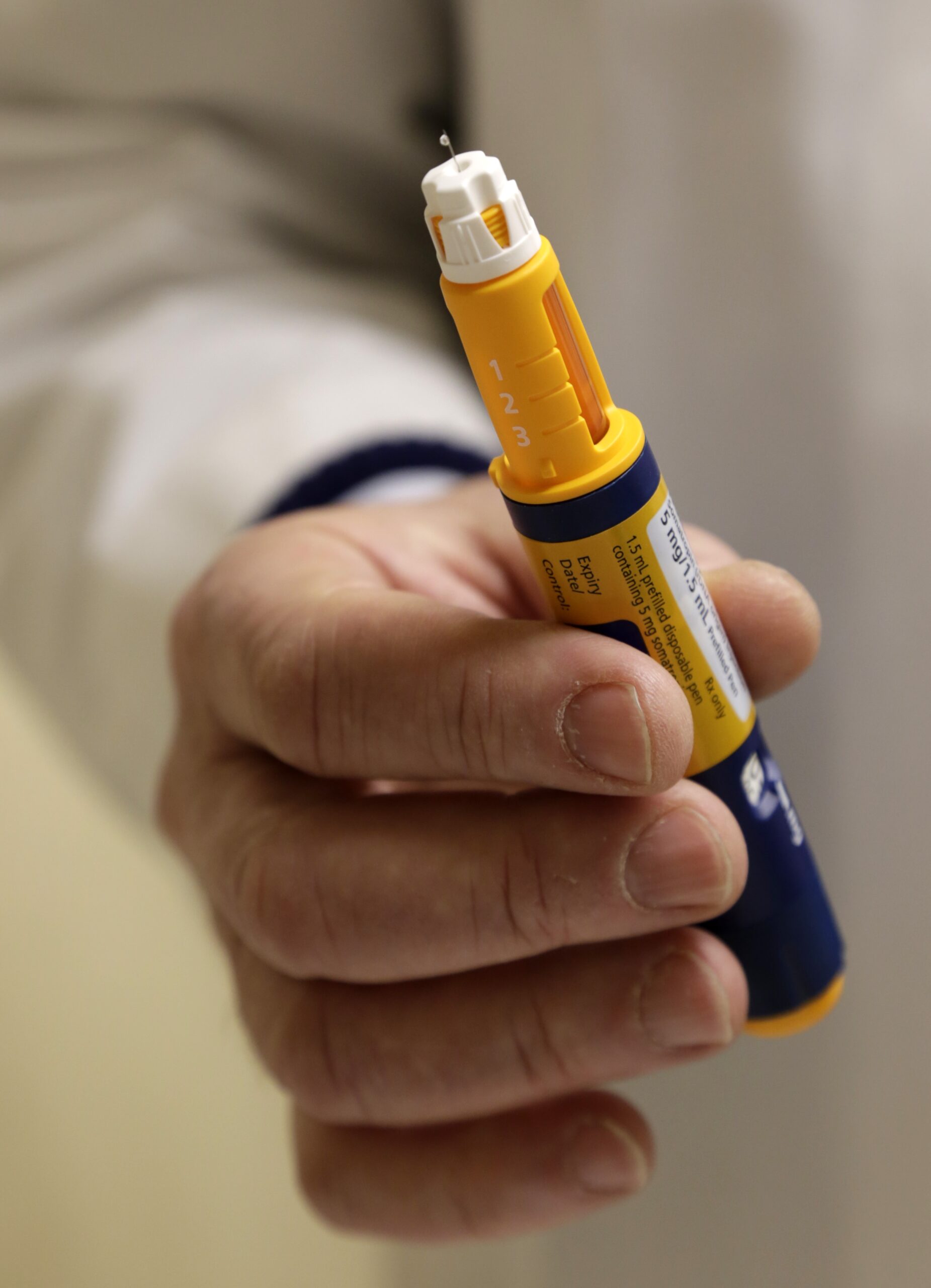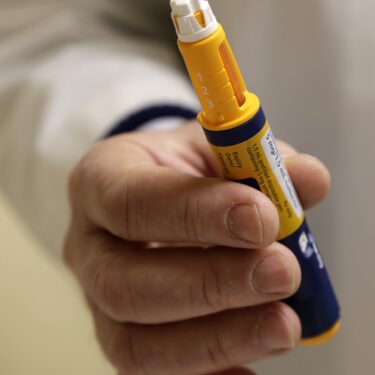
The following memo was sent to staff by AP Senior Managing Editor for U.S. News Michael Oreskes:
Colleagues,
The federal government said it had cracked down on illicit sales of human growth hormone. The NCAA said it had deterred use of steroids by college football players. But AP journalists, making creative use of data bases and their own shoe leather, showed that these purported crackdowns had probably not stopped the use of performance-enhancing drugs at all in either of these two rather different situations.
The work opened new windows on the continuing use of these drugs, despite all the warnings of their dangers, and wins this week’s Beat of the Week for David Caruso, New York City investigative reporter, Jeff Donn, national investigative team, and Matt Apuzzo, Adam Goldman and Jack Gillum of the Washington investigative team.
Caruso and Donn discovered that a federal crackdown on illicit foreign HGH sales and use in 2006-2007 had failed to stop rampant use—instead driving record sales for U.S.-approved manufacturers that stepped in to fill demand. The two had been aware anecdotally of rampant HGH abuse, especially among older Americans who hope to slow aging, but also wanted to understand how the market was supplying so much HGH for unapproved, illegal uses. Donn acquired industry and government data for annual sales, prescriptions and reports of side effects. The pair also interviewed scores of drugmakers, pharmacists, doctors, users and abusers, as well as law enforcement officials and regulators.
Some of the data was hard to come by. It took months of calls and negotiations before Centers for Medicare & Medicaid Services agreed to release five years of HGH prescriptions paid through Medicare. It showed a 78 percent increase, with a big spike in orders even as federal authorities slowed the flow of unapproved foreign products. Once they had the data, getting doctors who prescribe HGH to talk on the record was even tougher. The doctors acknowledged relying on faulty testing, prescribing HGH for anti-aging benefits and other uses both banned and unbanned.
Dr. Thomas Perls, a leading medical authority on HGH abuse, was so impressed with the charts produced by Roque Ruiz, Phil Holm and Jake O’Connell in the New York interactives department from the data that he’s asked permission to use them in a research journal article.
Meanwhile, Apuzzo, Goldman and Gillum investigated steroid use in college football, a project that included a statistical analysis of year-over-year weight gains for every Division I player at every school during the past decade—all 61,000 of them. The analysis—plus interviews with players, testers, dealers and experts, along with court records and receipts from some steroid sales—raised a red flag about conventional sentiment that the steroid problem is mostly under control in college football. The weight data showed gains substantially outside any easily explainable norms. The only certain way to prove these gains were not caused by steroid use would be an aggressive system of testing. But the AP’s reporting showed that the testing system was well short of that, leaving no way to settle the causes of the weight gains.
In addition to old-fashioned reporting, the trio, working with Sports, obtained official rosters from 2001 to 2012 from all 120 Football Bowl Subdivision schools. For some schools, the AP already had media guides. Other schools published their media guides and official rosters online. In many cases, reporters asked schools for their historic rosters. All were fed into a database maintained by Gillum. The project earned strong play—and hundreds of comments—on ESPN, CBS Sports, NBC Sports, Yahoo and elsewhere.
For extraordinary data analysis that led to revelations about the use of performance enhancing drugs, Caruso, Donn, Apuzzo, Goldman and Gillum share this week’s $500 Beat of the Week Prize.
Contact
Erin Madigan White
Media Relations Manager
212-621-7005
[email protected]
Paul Colford
Director of Media Relations
212-621-1895
[email protected]




